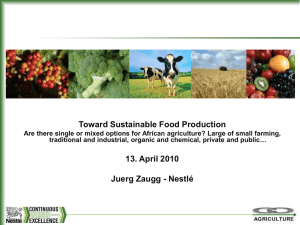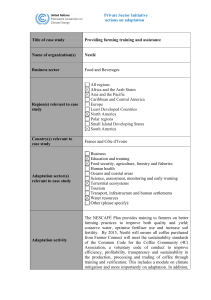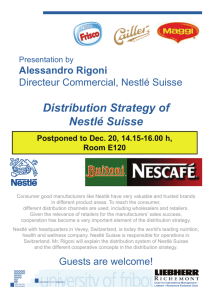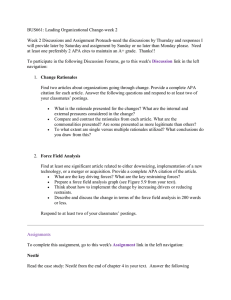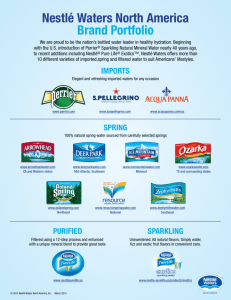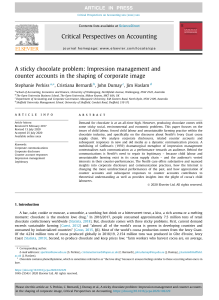Nestle Challenges: Child Labor, Boycotts, Capacity Planning
advertisement
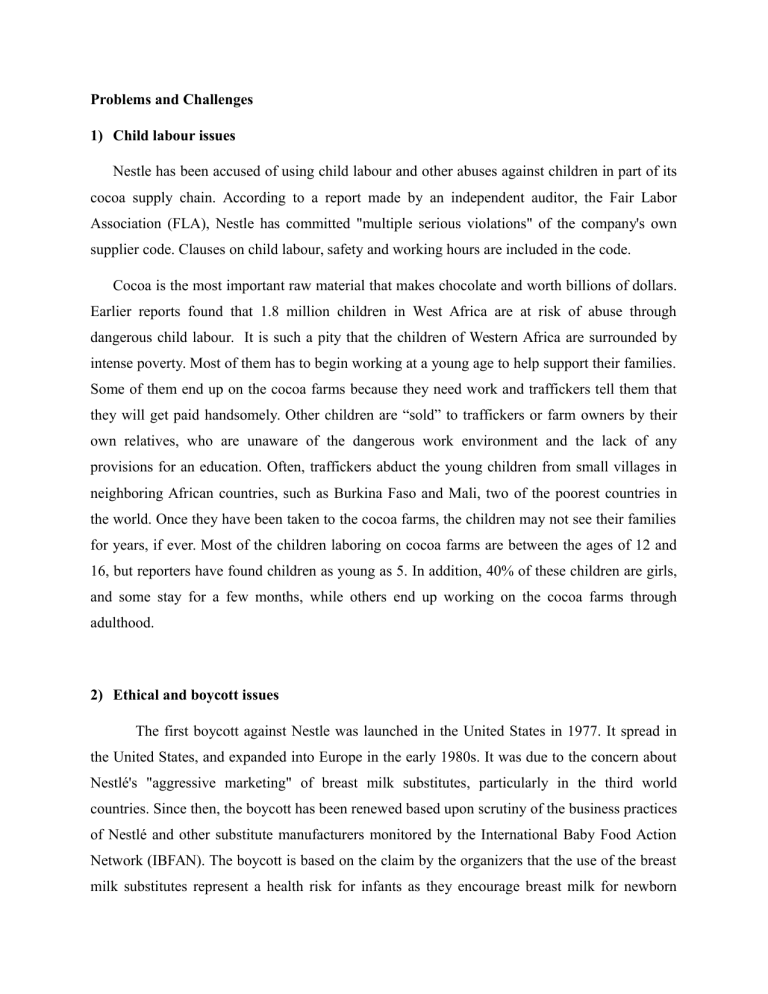
Problems and Challenges 1) Child labour issues Nestle has been accused of using child labour and other abuses against children in part of its cocoa supply chain. According to a report made by an independent auditor, the Fair Labor Association (FLA), Nestle has committed "multiple serious violations" of the company's own supplier code. Clauses on child labour, safety and working hours are included in the code. Cocoa is the most important raw material that makes chocolate and worth billions of dollars. Earlier reports found that 1.8 million children in West Africa are at risk of abuse through dangerous child labour. It is such a pity that the children of Western Africa are surrounded by intense poverty. Most of them has to begin working at a young age to help support their families. Some of them end up on the cocoa farms because they need work and traffickers tell them that they will get paid handsomely. Other children are “sold” to traffickers or farm owners by their own relatives, who are unaware of the dangerous work environment and the lack of any provisions for an education. Often, traffickers abduct the young children from small villages in neighboring African countries, such as Burkina Faso and Mali, two of the poorest countries in the world. Once they have been taken to the cocoa farms, the children may not see their families for years, if ever. Most of the children laboring on cocoa farms are between the ages of 12 and 16, but reporters have found children as young as 5. In addition, 40% of these children are girls, and some stay for a few months, while others end up working on the cocoa farms through adulthood. 2) Ethical and boycott issues The first boycott against Nestle was launched in the United States in 1977. It spread in the United States, and expanded into Europe in the early 1980s. It was due to the concern about Nestlé's "aggressive marketing" of breast milk substitutes, particularly in the third world countries. Since then, the boycott has been renewed based upon scrutiny of the business practices of Nestlé and other substitute manufacturers monitored by the International Baby Food Action Network (IBFAN). The boycott is based on the claim by the organizers that the use of the breast milk substitutes represent a health risk for infants as they encourage breast milk for newborn nutrition. As of 2013, the Nestlé boycott is coordinated by the International Nestlé Boycott Committee, the secretariat for which is the UK group Baby Milk Action. Some universities, colleges, and schools have also banned the sale of Nestlé products from their shops and vending machines in the period since the revelations. In the United Kingdom, 73 students' unions, 102 businesses, 30 faith groups, 20 health groups, 33 consumer groups, 18 local authorities, 12 trade unions, education groups, 31 MPs and many celebrities support the Nestlé boycott. 3) Raw materials and capacity planning While the demand for Nestlé’s milk products is relatively constant throughout the year, milk production varies very significantly from season to season. A further complication is that the content of milk obtained from farmers also varies. Hence Nestlé is faced with the problem of managing its production capacity in the most efficient way based on both major supply side constraints and demand side variations. Seasonality and demand fluctuations of products also increased the difficulty for capacity planning. For example, demand for chocolate increases mainly during the winter season (around Christmas and Easter holidays) and drops off during the summer.
